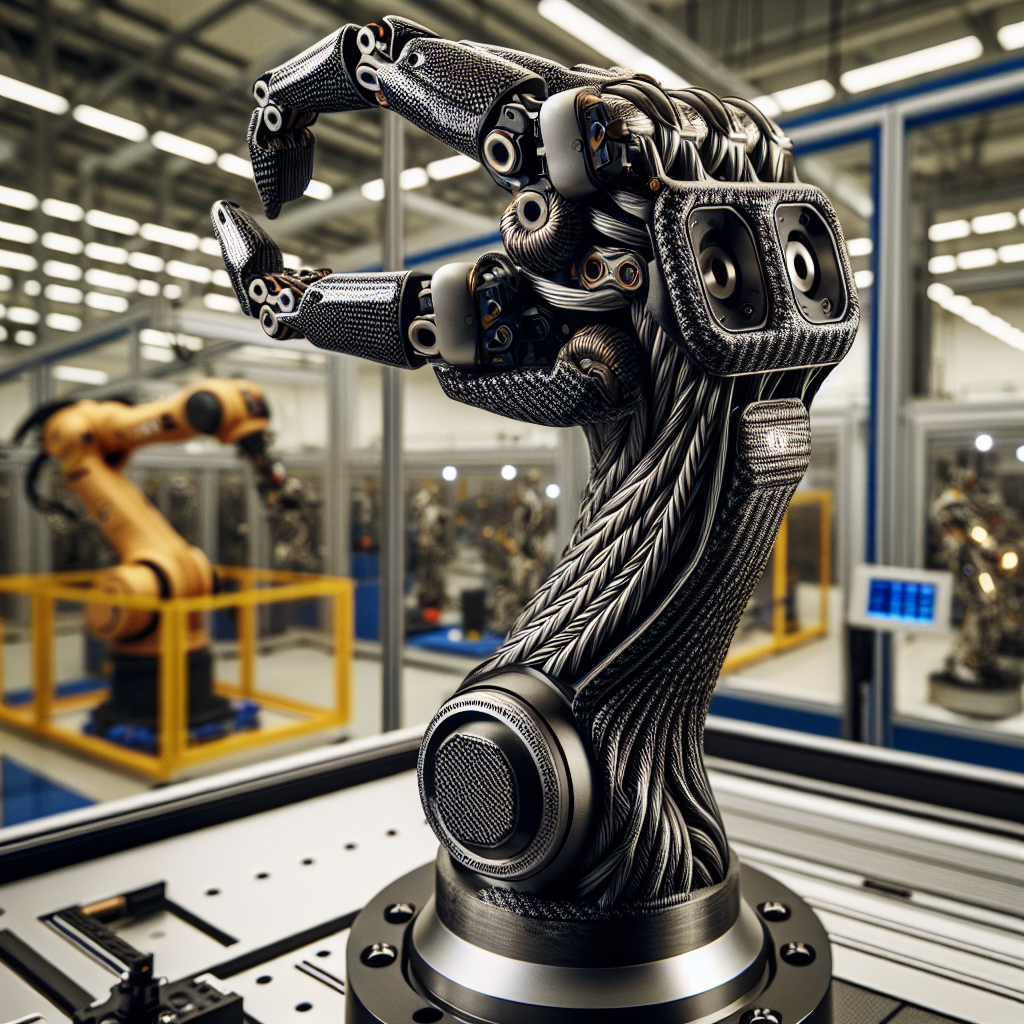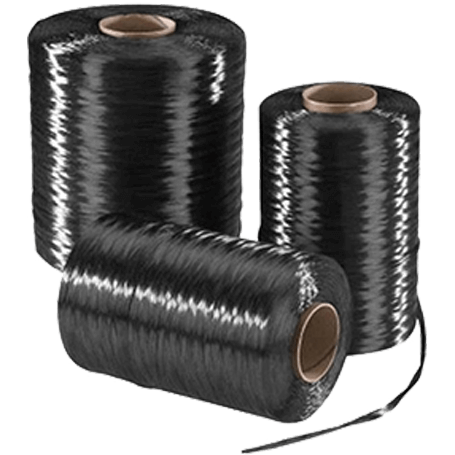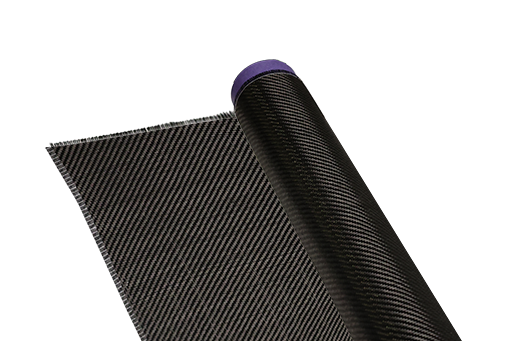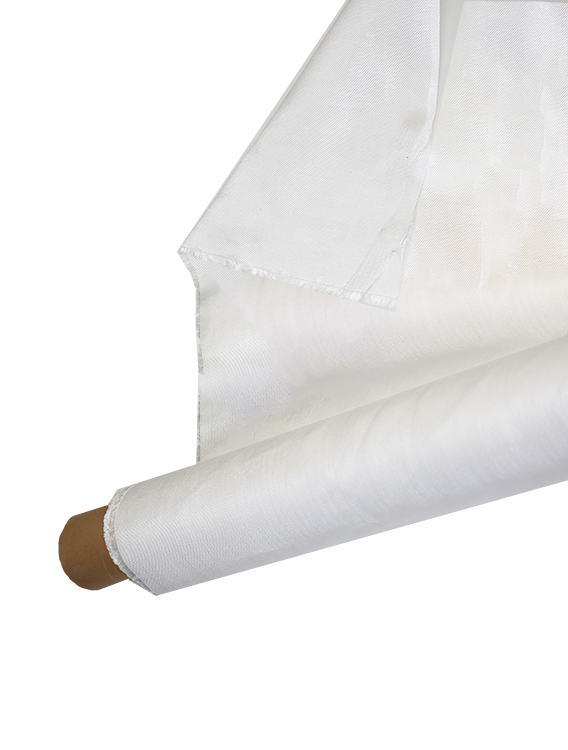Kevlar-Reinforced Composites Now Used in Robotics Arms
-
Table of Contents
“Unyielding Strength Meets Precision: Kevlar-Reinforced Composites Powering the Future of Robotic Arms.”
Kevlar-reinforced composites have emerged as a transformative material in the field of robotics, particularly in the development of robotic arms. Known for their exceptional strength-to-weight ratio, durability, and resistance to impact, these composites combine the lightweight properties of polymers with the tensile strength of Kevlar fibers. This innovative material enables robotic arms to perform complex tasks with precision and agility while minimizing the overall weight, which is crucial for enhancing mobility and efficiency. The integration of Kevlar-reinforced composites not only improves the performance and longevity of robotic systems but also opens new avenues for applications in industries such as manufacturing, healthcare, and logistics, where robust and reliable robotic solutions are increasingly in demand.
Advantages of Kevlar-Reinforced Composites in Robotic Arm Design
The integration of Kevlar-reinforced composites in robotic arm design represents a significant advancement in the field of robotics, offering a multitude of advantages that enhance both performance and durability. One of the primary benefits of using Kevlar, a synthetic fiber known for its exceptional strength-to-weight ratio, is its ability to provide lightweight yet robust structural support. This characteristic is particularly crucial in robotic applications where agility and precision are paramount. By reducing the overall weight of the robotic arm, engineers can improve its maneuverability, allowing for more intricate movements and greater operational efficiency.
Moreover, the inherent toughness of Kevlar-reinforced composites contributes to the longevity of robotic arms. Traditional materials, such as metals, while strong, can be prone to fatigue and wear over time, especially under repetitive stress. In contrast, Kevlar composites exhibit remarkable resistance to impact and abrasion, which translates to a reduced likelihood of mechanical failure. This durability not only extends the lifespan of the robotic arm but also minimizes maintenance costs and downtime, thereby enhancing productivity in industrial settings.
In addition to strength and durability, Kevlar-reinforced composites offer significant advantages in terms of thermal stability. Robotic arms often operate in environments where temperature fluctuations can affect performance. The thermal properties of Kevlar composites allow them to maintain structural integrity under varying conditions, ensuring consistent functionality. This stability is particularly beneficial in applications such as manufacturing and assembly, where precision is critical, and any deviation can lead to costly errors.
Furthermore, the versatility of Kevlar-reinforced composites allows for innovative design possibilities. Engineers can mold these materials into complex shapes that optimize the robotic arm’s functionality while maintaining strength. This flexibility in design not only enhances the aesthetic appeal of robotic arms but also enables the creation of specialized tools and attachments tailored to specific tasks. As a result, robotic arms can be customized for diverse applications, ranging from delicate surgical procedures to heavy-duty industrial tasks.
Another noteworthy advantage of Kevlar-reinforced composites is their resistance to environmental factors. Unlike metals that may corrode or degrade when exposed to moisture or chemicals, Kevlar composites are inherently resistant to such elements. This property makes them ideal for use in environments where exposure to harsh conditions is inevitable, such as in outdoor applications or in industries dealing with corrosive substances. Consequently, the longevity and reliability of robotic arms are significantly enhanced, further solidifying their role in various sectors.
Additionally, the use of Kevlar-reinforced composites aligns with the growing emphasis on sustainability in engineering. These materials can be produced with a lower environmental impact compared to traditional metals, and their lightweight nature contributes to energy efficiency in robotic operations. As industries increasingly prioritize eco-friendly practices, the adoption of Kevlar composites in robotic arm design represents a forward-thinking approach that balances performance with environmental responsibility.
In conclusion, the advantages of Kevlar-reinforced composites in robotic arm design are manifold, encompassing enhanced strength, durability, thermal stability, design versatility, environmental resistance, and sustainability. As the field of robotics continues to evolve, the incorporation of these advanced materials will undoubtedly play a pivotal role in shaping the future of robotic technology, enabling more efficient, reliable, and adaptable robotic systems across various industries.
Applications of Kevlar-Reinforced Composites in Industrial Robotics

The integration of Kevlar-reinforced composites into industrial robotics has marked a significant advancement in the field of automation and manufacturing. These materials, known for their exceptional strength-to-weight ratio and durability, are increasingly being utilized in the construction of robotic arms, enhancing their performance and expanding their applications across various industries. As the demand for more efficient and resilient robotic systems grows, the adoption of Kevlar-reinforced composites is becoming a pivotal factor in the evolution of industrial robotics.
One of the primary advantages of Kevlar-reinforced composites is their ability to withstand extreme conditions while maintaining structural integrity. In environments where traditional materials may falter, such as in high-temperature or corrosive settings, Kevlar composites provide a reliable alternative. This resilience is particularly beneficial in industries such as aerospace and automotive manufacturing, where robotic arms are often required to handle heavy components or operate in challenging conditions. By incorporating Kevlar into the design of robotic arms, manufacturers can ensure that these machines not only perform optimally but also have a longer lifespan, reducing the need for frequent replacements and maintenance.
Moreover, the lightweight nature of Kevlar-reinforced composites contributes significantly to the efficiency of robotic arms. Traditional metal components can add considerable weight, which in turn affects the speed and agility of robotic movements. In contrast, Kevlar composites allow for the creation of lighter robotic arms that can move more swiftly and with greater precision. This increased agility is particularly advantageous in assembly lines where speed is crucial, enabling robots to perform tasks more quickly and effectively. As a result, manufacturers can achieve higher productivity levels while also minimizing energy consumption, as lighter robots require less power to operate.
In addition to enhancing performance, the use of Kevlar-reinforced composites also opens up new possibilities for design innovation in industrial robotics. The versatility of these materials allows engineers to create more complex and intricate shapes that were previously difficult to achieve with traditional materials. This flexibility in design not only improves the functionality of robotic arms but also enables the development of specialized tools and attachments tailored to specific tasks. Consequently, industries can benefit from customized robotic solutions that meet their unique operational needs, further driving efficiency and effectiveness.
Furthermore, the incorporation of Kevlar-reinforced composites aligns with the growing emphasis on sustainability in manufacturing. As industries strive to reduce their environmental impact, the use of lightweight and durable materials contributes to more sustainable practices. By extending the lifespan of robotic arms and reducing energy consumption, Kevlar composites help manufacturers lower their carbon footprint. This commitment to sustainability is increasingly becoming a competitive advantage, as consumers and businesses alike prioritize environmentally responsible practices.
In conclusion, the application of Kevlar-reinforced composites in industrial robotics represents a transformative shift in the capabilities and efficiency of robotic arms. By leveraging the unique properties of these materials, manufacturers can enhance performance, increase agility, and foster innovative designs while also promoting sustainability. As the industrial landscape continues to evolve, the role of Kevlar composites in robotics is likely to expand, paving the way for more advanced and efficient automation solutions that meet the demands of modern manufacturing. The future of industrial robotics, therefore, appears to be not only stronger and faster but also more sustainable, thanks to the integration of Kevlar-reinforced composites.
Future Trends in Kevlar-Reinforced Composite Technology for Robotics
The integration of Kevlar-reinforced composites into robotics arms marks a significant advancement in the field of robotics, particularly in enhancing the performance and durability of robotic systems. As industries increasingly demand more efficient and resilient robotic solutions, the future trends in Kevlar-reinforced composite technology are poised to reshape the landscape of robotic applications. One of the most notable trends is the ongoing research and development aimed at optimizing the mechanical properties of these composites. By fine-tuning the composition and layering of Kevlar fibers within the composite matrix, engineers are discovering ways to enhance strength-to-weight ratios, which is crucial for improving the agility and responsiveness of robotic arms. This optimization not only contributes to the overall performance but also extends the operational lifespan of robotic systems, making them more cost-effective in the long run.
Moreover, the versatility of Kevlar-reinforced composites allows for their application across various sectors, including manufacturing, healthcare, and even space exploration. In manufacturing, for instance, the lightweight yet robust nature of these materials enables the creation of robotic arms that can handle heavy loads while maintaining precision. This capability is particularly beneficial in assembly lines where efficiency and accuracy are paramount. In the healthcare sector, the use of Kevlar-reinforced composites in surgical robots can lead to innovations in minimally invasive procedures, as these materials can provide the necessary strength without adding excessive weight, thereby enhancing maneuverability and control.
In addition to mechanical enhancements, another trend is the incorporation of smart technologies into Kevlar-reinforced composites. The integration of sensors and actuators within the composite structure can lead to the development of intelligent robotic arms that can adapt to their environment in real-time. For example, by embedding sensors that monitor stress and strain, robotic systems can adjust their operations dynamically, thereby preventing potential failures and improving safety. This fusion of materials science and smart technology not only enhances the functionality of robotic arms but also opens new avenues for research in autonomous systems.
Furthermore, sustainability is becoming an increasingly important consideration in the development of Kevlar-reinforced composites. As industries strive to reduce their environmental impact, there is a growing emphasis on creating eco-friendly composite materials. Researchers are exploring bio-based resins and recyclable fibers that can be used in conjunction with Kevlar, thereby reducing the carbon footprint associated with production and disposal. This trend towards sustainability not only aligns with global environmental goals but also appeals to consumers and businesses that prioritize eco-conscious practices.
As we look to the future, the potential for Kevlar-reinforced composites in robotics arms appears boundless. The continuous advancements in material science, coupled with the integration of smart technologies and sustainable practices, are set to revolutionize the capabilities of robotic systems. Industries will likely witness a surge in the adoption of these advanced materials, leading to more efficient, durable, and intelligent robotic solutions. Ultimately, the evolution of Kevlar-reinforced composite technology will not only enhance the performance of robotic arms but also redefine the role of robotics in various applications, paving the way for innovations that were once thought to be the realm of science fiction. As these trends unfold, it is clear that the future of robotics is intricately linked to the advancements in composite materials, heralding a new era of possibilities in automation and beyond.
Q&A
1. **What are Kevlar-reinforced composites?**
Kevlar-reinforced composites are materials made by combining Kevlar fibers with a resin matrix, resulting in a lightweight, high-strength composite that offers enhanced durability and resistance to impact and abrasion.
2. **How do Kevlar-reinforced composites benefit robotic arms?**
They provide increased strength-to-weight ratios, allowing robotic arms to be more agile and efficient while reducing the overall weight, which improves energy efficiency and maneuverability.
3. **What applications do Kevlar-reinforced composites have in robotics?**
They are used in various applications, including industrial automation, medical robotics, and military robotics, where high strength, flexibility, and resistance to environmental factors are critical.Kevlar-reinforced composites have significantly enhanced the performance and durability of robotic arms, providing a lightweight yet strong material that improves agility and reduces fatigue during operation. Their high tensile strength and resistance to impact make them ideal for applications requiring precision and reliability. As a result, the integration of Kevlar-reinforced composites in robotic arms not only increases their efficiency and lifespan but also expands their potential uses in various industries, including manufacturing, healthcare, and exploration. Overall, the adoption of these advanced materials marks a pivotal advancement in robotics technology, enabling more sophisticated and capable robotic systems.











